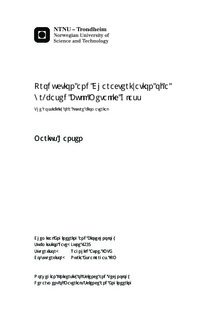Production and Characterization of a Zr-based Bulk Metallic Glass: The possibility of a future biomaterial
Master thesis
Permanent lenke
http://hdl.handle.net/11250/249410Utgivelsesdato
2013Metadata
Vis full innførselSamlinger
Sammendrag
Materials put under strain while exposed to the harsh environment of the human body, must not only be chemically stable, but also have good tribocorrosion properties, i.e. a combination of good corrosion and wear properties.In the present work the tribocorrosion properties of a new zirconium-based Bulk Metallic Glass (BMG) with low copper content (Zr65Cu18Ni7Al10), has been investigated, and the results compared to conventional biomaterials used in load-bearing implants, i.e. hip and knee implants. The aim of the study was to evaluate if an amorphous BMG would be better suited for prolonged clinical use, than the materials presently in use today, i.e. stainless steel, Cobalt-Chromium-Molybdenum (CoCrMo) alloy and Titanium. An experimental program was designed to compare the tribocorrosion properties of the amorphous BMG with the properties of medical grade CoCrMo alloy, as well as with pure medical grade Titanium (Ti 99.6 %). The materials were exposed to two different Phosphate Buffered Solutions (PBS) with an addition sodium chloride, to simulate the salinity of the body. One of the solutions had the original buffer pH of 7.4, and the other 5.2, which was obtained by the addition of hydrochloric acid (HCl), to simulate a body with an inflammatory response. Both solutions were made in two batches; one with and one without additions of albumin protein. Electrochemical measurements were performed at normal body temperature (37 °C), and Linear Polarization (LP) curves were obtained for all materials in all solutions. Dry tribological and tribocorrosive tests were also performed on all materials, and in all solutions. A Confocal Microscope (CM) and a Scanning Electron Microscope (SEM), was used for analyzing the results and thereby trying to assess the wear mechanisms. Based on the obtained results, it was established that the CoCrMo alloy was the most wear resistant of the materials, under the conditions chosen, followed by the BMG and lastly the Titanium. It is believed that by altering the chemical composition of the amorphous BMG alloy, the tribocorrosion properties could be improved. This must, however, be investigated in a further study.
